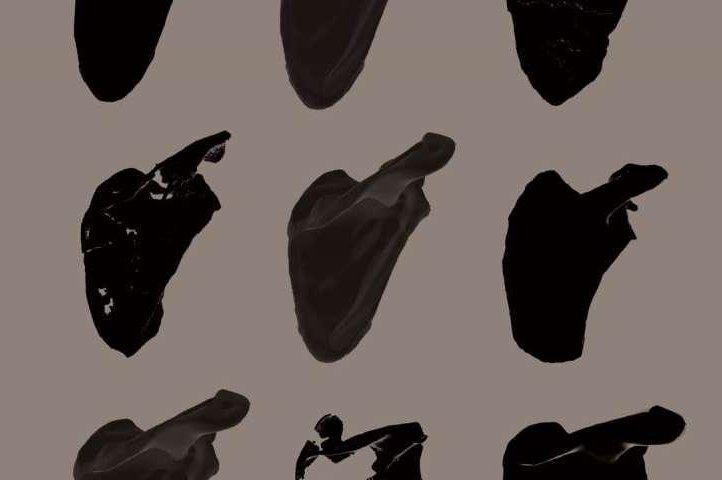Researchers simulated a model shoulder of a transitionary ape-like species linking apes and early humans. Photo by Nathan Young/UCSF
SAN FRANCISCO, Sept. 9 (UPI) -- As one new study shows, the ape-like shoulders of early humans highlight the transition from trees to tools.
Humans evolved from apes. That much is certain. But zeroing in on the evolutionary link between human and monkey isn't easy.
Now, new research suggests humans and apes shared an ape-like ancestor farther back along the primate lineage. The revelations may explain some of the more primitive morphological features of humans. One of those features is the shoulder.
"Humans are unique in many ways. We have features that clearly link us with African apes, but we also have features that appear more primitive, leading to uncertainty about what our common ancestor looked like," Nathan Young, an assistant professor at the University of California, San Francisco School of Medicine, said in a press release. "Our study suggests that the simplest explanation, that the ancestor looked a lot like a chimp or gorilla, is the right one, at least in the shoulder."
Young is the lead author of a new study analyzing the significance of shoulder shape in two specimens of the early human Australopithecus species. The study was published this week in the Proceedings of the National Academy of Science.
Young and his colleagues used 3-D imagery to compare the shape and function of the early Australopithecus shoulders to those of monkeys, apes and other early humans.
"Human shoulder blades are odd, separated from all the apes. Primitive in some ways, derived in other ways, and different from all of them," Young said.
The results showed that though human shoulders -- built more for labor than climbing -- appear superficially like those of more distant primate relatives, there are enough commonalities for the feature to have evolved from apes.
The findings confirmed australopiths' evolutionary position as an intermediate between African apes and humans, but the analysis also showed that humans' ape-like shoulder transitioned back toward the design employed by monkeys -- a design better suited for the use of tools.
Researchers say this backward shift was a long, slow process. But as early humans came down from the trees, their adapting shoulders enabled new movements.
"These changes in the shoulder, which were probably initially driven by the use of tools well back into human evolution, also made us great throwers," explained study co-author Neil T. Roach, a fellow of human evolutionary biology at Harvard University. "Our unique throwing ability likely helped our ancestors hunt and protect themselves, turning our species into the most dominant predators on earth."















